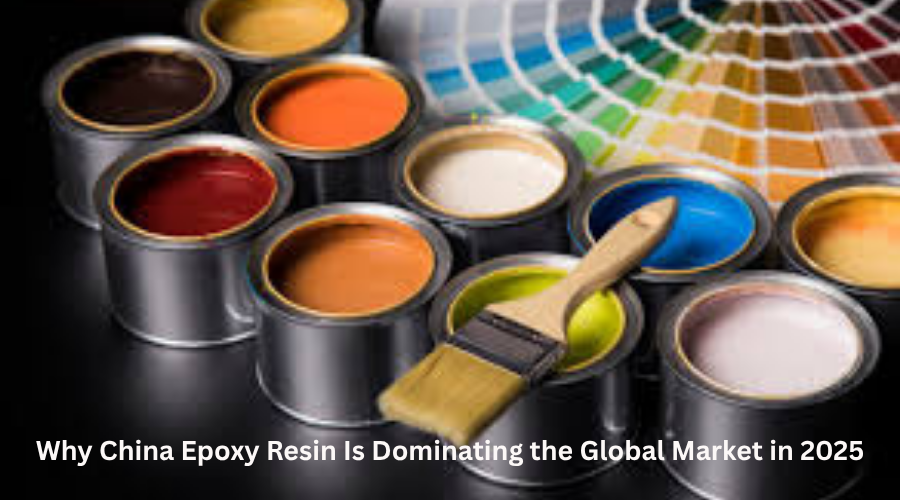What Is The Best Glue For Attaching Polyurethane Rubber To EVA Foam?
- qinglongdatech
- Feb 20
- 4 min read

When working with polyurethane rubber and EVA foam, finding the right adhesive is crucial to ensure a durable and long-lasting bond. Whether you're working on a craft project, cosplay armor, shoe repair, or industrial applications, the right glue can make all the difference. If you're looking for high-quality adhesives, purchasing from a Polyurethane Glue supplier can ensure you get the best product for your needs. This guide will explore the best adhesives for bonding polyurethane rubber to EVA foam, factors to consider when selecting glue, and expert application tips.
Understanding Polyurethane Rubber and EVA Foam
Before diving into the best adhesive choices, it's essential to understand the properties of polyurethane rubber and EVA foam.
Polyurethane Rubber
Polyurethane rubber is a flexible, durable, and abrasion-resistant material commonly used in mold-making, industrial components, and footwear. Its flexibility and resistance to wear make it challenging to bond without the right adhesive.
EVA Foam
EVA (ethylene-vinyl acetate) foam is a lightweight, closed-cell material widely used in shoe soles, padding, and crafting. It offers excellent shock absorption, but its smooth, non-porous surface can make adhesion difficult.
Since both materials have unique characteristics, you need a glue that can handle flexibility, adhesion challenges, and durability.
Factors to Consider When Choosing an Adhesive
Not all glues work well for bonding polyurethane rubber to EVA foam. Consider these factors when selecting an adhesive:
1. Flexibility
The glue must remain flexible after drying to prevent cracking or breaking when the materials move.
2. Strong Bonding Power
A strong initial tack and long-term adhesion are necessary for maintaining a durable bond.
3. Waterproof and Heat Resistance
If your project will be exposed to moisture or heat, choosing a waterproof and heat-resistant adhesive is essential.
4. Drying Time
Some adhesives dry quickly, while others require clamping or extended curing times. Choose one that suits your project timeline.

Best Adhesives for Bonding Polyurethane Rubber to EVA Foam
Here are the top adhesives recommended for this specific bonding application:
1. Contact Cement
Why it's great: Contact cement is one of the best adhesives for EVA foam and polyurethane rubber because it forms an instant and flexible bond.
Provides a strong and durable hold
Remains flexible after drying
Water-resistant
Requires even application on both surfaces before bonding
How to use: Apply an even layer to both substrates, let it dry until tacky, and then press the materials together firmly.
2. Polyurethane Adhesive
Why it's great: A specialized polyurethane-based adhesive creates a strong bond that remains flexible.
Bonds well to both materials
Waterproof and heat-resistant
Expands slightly to fill gaps
How to use: Apply a thin layer and clamp the materials together for best results. Allow curing for 24 hours.
3. Industrial Epoxy Adhesive
Why it's great: Two-part epoxy adhesives offer superior strength and durability.
Ideal for heavy-duty applications
High-temperature resistance
Requires precise mixing before use
How to use: Mix the two parts as directed, apply, and allow proper curing time.
4. Super Glue (Cyanoacrylate Adhesive)
Why it's great: While super glue works for quick fixes, it is not the best option for flexibility.
Dries quickly
Bonds instantly
It can become brittle over time
How to use: Apply a small amount, press materials together, and hold until dry.
Tips for Applying Glue Properly
To get the best results when bonding polyurethane rubber to EVA foam, follow these expert tips:
1. Clean the Surfaces
Remove any dirt, oil, or dust using isopropyl alcohol or acetone. Clean surfaces improve adhesion.
2. Roughen the Surface
For better grip, lightly sand the bonding areas with a fine-grit sandpaper.
3. Apply Evenly
Apply a light, uniform coat of glue on both surfaces. Avoid applying excessive adhesive, as it can weaken the bond.
4. Allow Proper Drying Time
Follow the adhesive manufacturer's instructions for drying and curing times. Some glues require clamping or pressure.
5. Test a Small Area First
If unsure, test the glue on a small piece of each material before full application.
Common Mistakes to Avoid
Avoid these pitfalls to ensure a strong bond:
Skipping surface preparation – Cleaning and roughening are essential.
Using the wrong glue – Not all adhesives work for polyurethane rubber and EVA foam.
Applying too much glue – Excessive glue can weaken the bond instead of strengthening it.
Not allowing proper curing time – Rushing the process leads to weak adhesion.
FAQs
1. Can I use hot glue to bond polyurethane rubber to EVA foam?
Hot glue is not recommended because it does not form a durable bond with polyurethane rubber and EVA foam. It may provide a temporary hold but will likely fail over time.
2. What is the most durable adhesive for this type of bonding?
Contact cement and polyurethane adhesives are the best for durability and flexibility.
3. How long does it take for the glue to cure completely?
Curing times vary depending on the adhesive. Contact cement bonds immediately, while polyurethane adhesives may take 24 hours.
4. Can I use household glue like Elmer's for this project?
No, household glues do not have the strength, flexibility, or durability required for bonding polyurethane rubber to EVA foam.
5. Where can I find the best adhesives for this project?
You can purchase adhesives from hardware stores, online marketplaces, or suppliers specializing in industrial adhesives.
Conclusion
Choosing the right glue for attaching polyurethane rubber to EVA foam is crucial for achieving a strong and lasting bond. Contact cement, polyurethane adhesives, and industrial epoxies are among the best options, each offering unique benefits depending on your project's requirements. Proper surface preparation, even application, and allowing adequate drying time will ensure optimal adhesion. By following these expert recommendations, you can confidently complete your project with a secure and flexible bond.







Comments